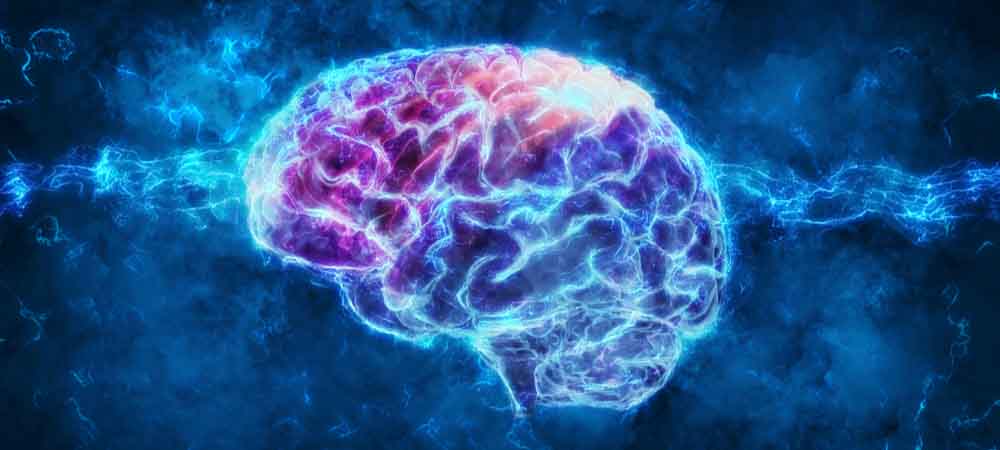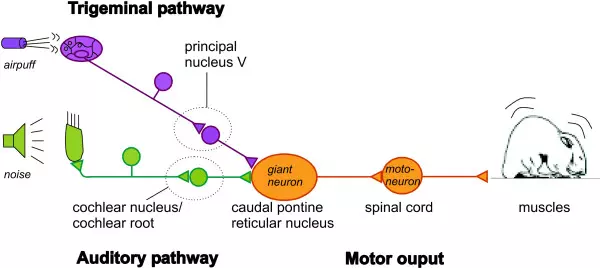Comments
- No comments found

There was a recent study, Sound Induces Analgesia Through Corticothalamic Circuits, published in the Science magazine that says that soft sound blunts pain in mice.
An analysis from Science submitted that “The scientists repeated the experiments while tracking a red fluorescent dye injected in the mice’s auditory cortex, the brain region that processes sounds. They found lots of fluorescence in certain dense regions of the thalamus, the hub of sensory processing, suggesting connections between this region and the auditory cortex are involved in the pain suppression. Tiny electrodes implanted into the animals’ brains further revealed that relatively soft sounds decreased activity coming out of the auditory cortex. And when the team artificially blocked the connection between the auditory cortex and the thalamus by targeting pulses of light at these specific neurons, the mice appeared to feel less pain.”
The thalamus is known as the center for sensory input or processing, so why would the thalamus be responsible for abating pain?
The first way to approach the question is that when the thalamus does sensory processing, what happens before relay to other parts of the cortex?
It has been shown that multisensory integration occurs in the thalamus.
All external stimuli and senses from within the body meet at the thalamus, except smell which meets at the olfactory bulb.
So it is not just sound or pain that meets at any time in the thalamus, but multiple senses. So why would activity for one reduce what goes for the next?
Theoretically, there are entry ports for senses in the thalamus. Port sizes, shapes and adaptability across mammals vary. Some mammals with very high light, sound, taste, smell or other kinds of sensitivities, have more entry ports per corresponding sense.
Also, in humans, there are entry ports across senses with differing ranges.
The thing about the auditory entry port is that sound can bring fear and sound can bring shock.

So there is a way that entry ports for hearing widen or tighten so that the input is integrated, becomes an active thought and sends hastily for interpretation — sequentially.
This makes sound one of the most prioritized senses in the thalamus and in the memory. Smell, taste and touch can bring fear and shock, but not as decisively as sound and sight—often.
So while pain is its own sensation, any sound can compete with it for active instants, so that it gets priority processing even though sounds can also be for leisure, but wields power generally, in that sense.
Theoretically also, different ports in the thalamus take in different senses, most of which become passive, and just one becomes active at any moment.
This means that sensory processing is 1+…….
What active means is that it is the active one that can go on to the full interpretation process, while the passive ones end up — mostly — in the memory.
There are many internal senses at any time, coming in with entries from the heart, liver, kidneys, and so on. Most of them become passive, but passive is enough to keep working.
It has been postulated in the sensory-thought integration model of the brain that the reason for relay stations is so that senses are into a uniform unit that the brain can use. This unit is what goes on to be stored and grouped in the memory.
The uniform unit of sensory processing at relay centers, as proposed, is thought or a form of thought.
So for the mice, there is conversion of auditory signals to a form of thought, there is also conversion of pain signals to a form of thought. Both proceed to the memory. There is a group in the memory to know what pain is. There is also a group of music.
Thought, into a store of pain in the memory, goes to the pain group, then the thought leaves to the destination to actually feel pain, and then whatever reaction — parallel or perpendicular.
However, because of the music, the thought also in its store goes to the music group in the memory, creating two competitive active interchanges, not allowing the pain group to get to the principal spot, thereby reducing the magnitude of pain.
Leave your comments
Post comment as a guest